Confidence in constant flow rate under varying conditions a huge benefit to aquaculture
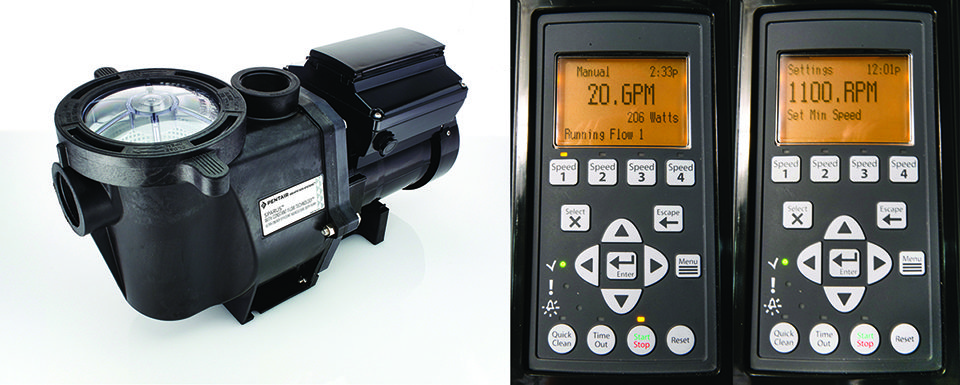
It’s difficult to sound non-biased in covering new aquaculture technology when it was invented by the company for which you work. However, as a participant in aquaculture research and development for the past 40 years, I have been in a good position to see important new and different technology emerge and be adopted by the industry. Risking the wrath of my colleagues, this column provides a look at a technology I feel holds tremendous promise for various segments of our industry.
Variable speed technology
Variable-speed pumps have been available since the invention and mass production of variable-frequency drives for electric motors. Variable-speed pumps can be set at a prespecified speed to deliver the amount of water needed within a system or process at the time they are set. A variable-frequency drive (VFD) is generally wall mounted near the electric motor to control and hold the motor at a specific speed.
When used with a pump, a VFD can provide energy-efficient flow from a pump at varied flow rates. Controlling the speed of the pump motor is more efficient than restricting the pump’s flow with a valve on the outflow side of the pump, where “artificial” head is produced to reduce the flow rate.
By minimizing the required pump speed, significant savings can be achieved in a pumping system – especially when pumps are in continuous service, as they are in many aquaculture applications. In fact, reducing a pump’s motor speed by 10 percent can reduce the energy consumed by the pump motor by 33 percent. However, variable-speed pumps cannot maintain constant flow when conditions in the system “upstream” of the pump change, such as a filter becoming clogged or a valve setting being changed.
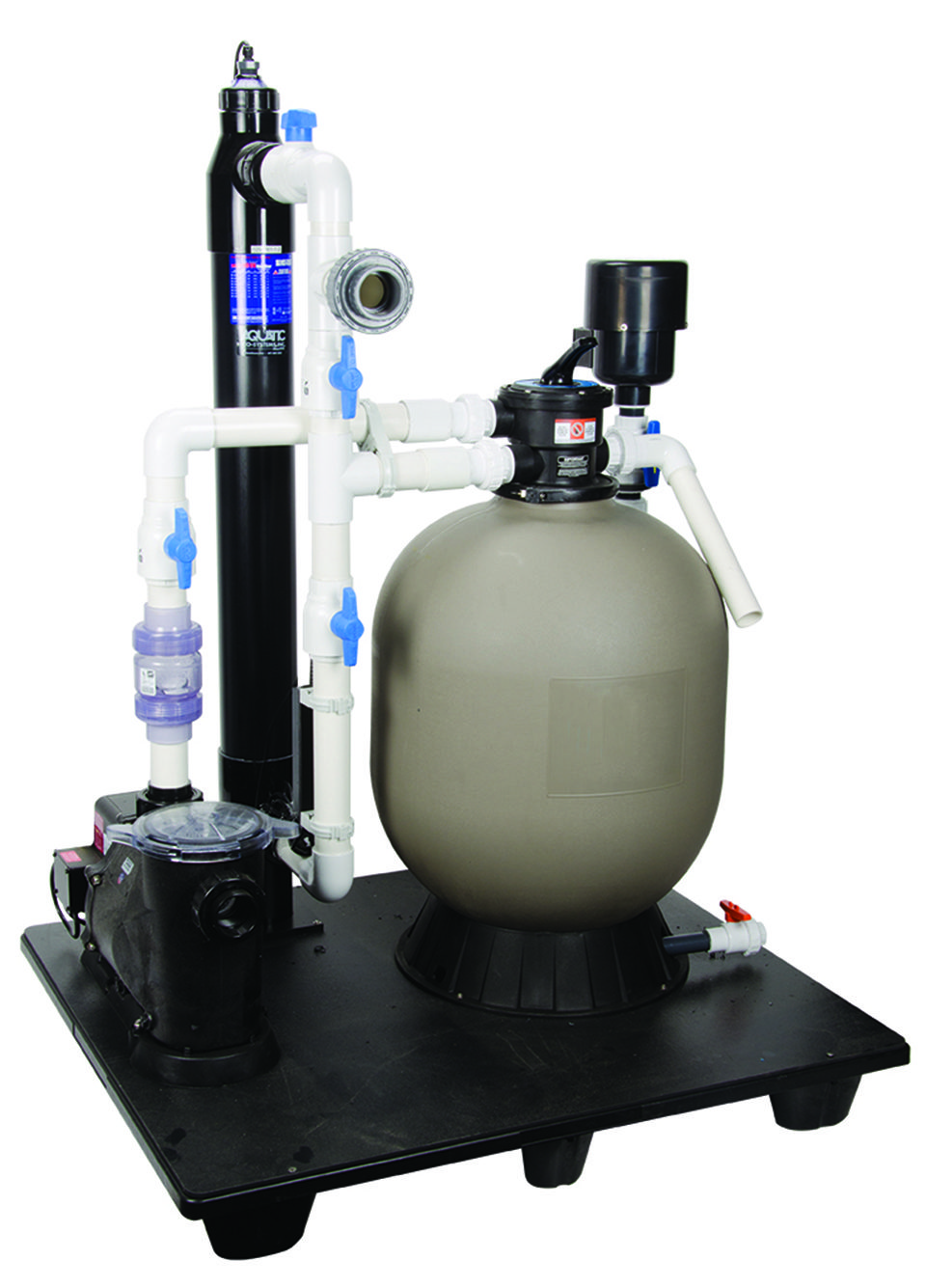
Constant flow
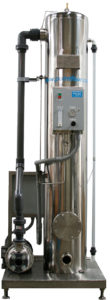
Have you ever wanted to operate a system at a constant flow rate when the system head downstream of the pump changes over time? For example, when a media filter clogs with waste solids from an aquaculture operation, the pressure builds, and the flow is reduced. In many cases, the operator will either need to constantly change the speed of the pump or run the system at a flow rate higher than needed between backwashes to maintain the predetermined minimum flow rate through the filter.
Operating the system in this manner between backwash cycles wastes energy and leads to significantly higher energy costs. This has been a major problem for the swimming pool industry for years. Pool operators would often oversize pumps to meet the flow demand caused by clogged swimming pool sand filters.
To address this problem, Pentair introduced a variable-speed 3-hp centrifugal pump fitted with a small “backpack” VFD. The operator could program the backpack drive to maintain a set flow rate regardless of the system operating conditions upstream.
Constant flow applied to aquaculture
Leveraging the success of this work in the pool industry, Pentair expanded its Constant Flow Technology™ line with an aquaculture-specific pump incorporating the same foundational technology. The new Sparus™ pump is equipped with stainless steel inserts within an otherwise all corrosion-resistant pump. Designed to operate with motor speeds from 1,100 to 3,450 rpm, the pump can be set at any flow from 75 to 530 Lpm.
The integrated drive on this pump has an aquaculture-specific set of menus and features to address the needs of the industry’s unique applications. The pump can be programmed to turn on and off or run at various speeds at various times throughout the day. The drive also has an integrated RS-485 port that allows serial communication with the programmable logic controllers (PLCs) commonly found in aquaculture facilities and aquaculture-monitoring systems. However, being able to have the confidence that a system will flow at a constant rate under conditions that change is what provides the most useful benefit to aquaculturists.
Media filters such as air-washed bead filters are excellent applications for the use of Constant Flow Technology™. As the filter clogs with waste, the pump speeds up to maintain a constant flow rate through the filter.
Components that add oxygen to the water of fish culture systems can also benefit from constant flow control. Depending on their sizes and configurations, these systems have optimized oxygen gas flow and water flow rates at specific pressures.
An example of one configuration is the pressurized packed column shown in Fig. 1. A pump with Constant Flow Technology™ and a solenoid gas control valve can be controlled by a PLC with real-time oxygen measurement to provide near-optimum performance, all the while maintaining the minimum flow rates required for the process.
(Editor’s Note: This article was originally published in the September/October 2014 print edition of the Global Aquaculture Advocate.
Now that you've reached the end of the article ...
… please consider supporting GSA’s mission to advance responsible seafood practices through education, advocacy and third-party assurances. The Advocate aims to document the evolution of responsible seafood practices and share the expansive knowledge of our vast network of contributors.
By becoming a Global Seafood Alliance member, you’re ensuring that all of the pre-competitive work we do through member benefits, resources and events can continue. Individual membership costs just $50 a year.
Not a GSA member? Join us.
Authors
-
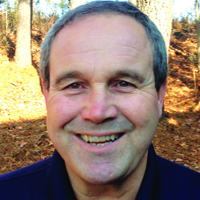
Thomas Losordo, Ph.D.
Principal Scientist and Chief Engineer
Aquaculture Systems Engineering
Pentair Aquatic Eco-Systems, Inc.
1791 Varsity Drive, Suite 140
Raleigh, North Carolina 27606 USA[109,111,99,46,114,105,97,116,110,101,112,64,111,100,114,111,115,111,108,46,109,111,116]
-
Zack Pickard
Product Manager
Pentair Aquatic Eco-Systems, Inc.
1791 Varsity Drive, Suite 140
Raleigh, North Carolina 27606 USA
Tagged With
Related Posts
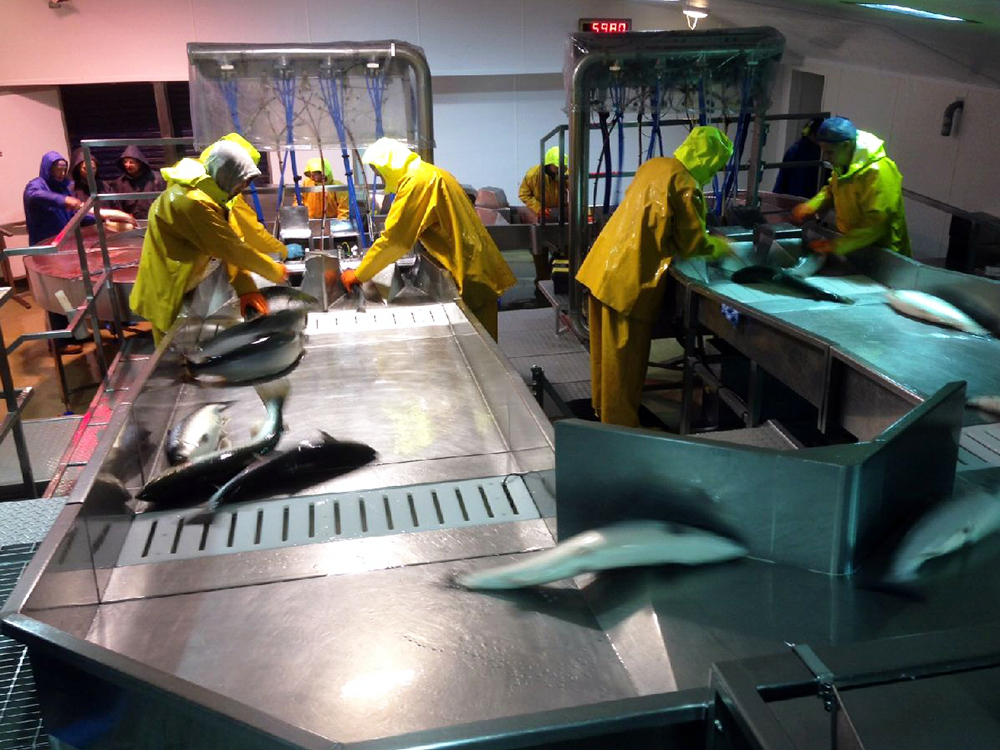
Health & Welfare
Fish producers benefit from humane slaughter techniques
EU legislation requires farmed fish be spared unnecessary pain, distress or suffering at slaughter, and efficient manual and automated systems have been developed to help achieve this goal. What’s more, longer shelf life and improved flesh quality have been reported.
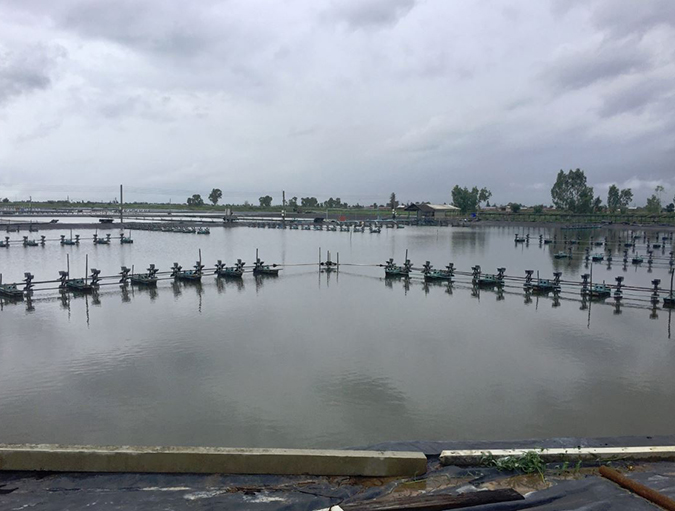
Health & Welfare
Aquamimicry: A revolutionary concept for shrimp farming
Aquamimicry simulates natural, estuarine production conditions by creating zooplankton blooms as supplemental nutrition to the cultured shrimp, and beneficial bacteria to maintain water quality. Better-quality shrimp can be produced at lower cost and in a more sustainable manner.
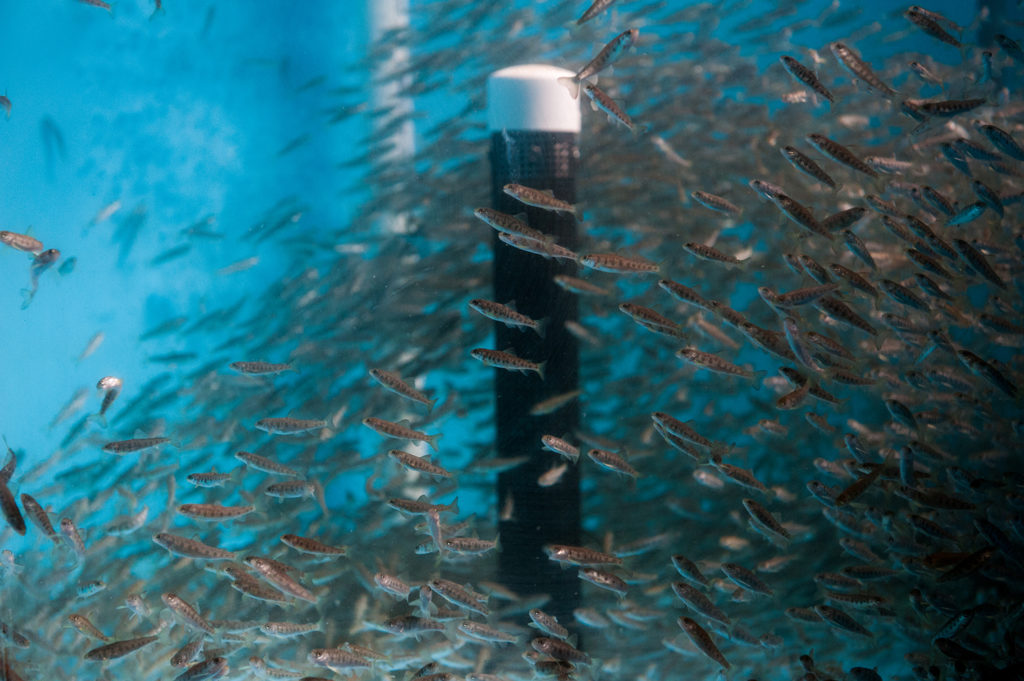
Intelligence
City fish-farm prototype set to prove itself in Minnesota
The Urban Organics model of farming leafy greens in conjunction with fish can work in any city environment, the company says. The first step is destroying East St. Paul’s image as a food desert.
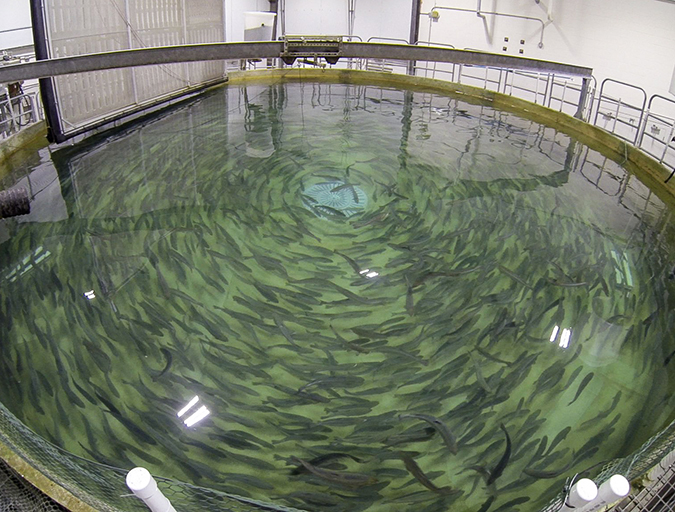
Innovation & Investment
Getting proficient in RAS fundamentals
A number of large salmon farming companies are now investing significantly to increase land-based, water recirculating aquaculture systems (RAS) in northern Europe and North America, and there is likely a need for more trained farm personnel to run and manage these and other close-containment aquaculture facilities.



